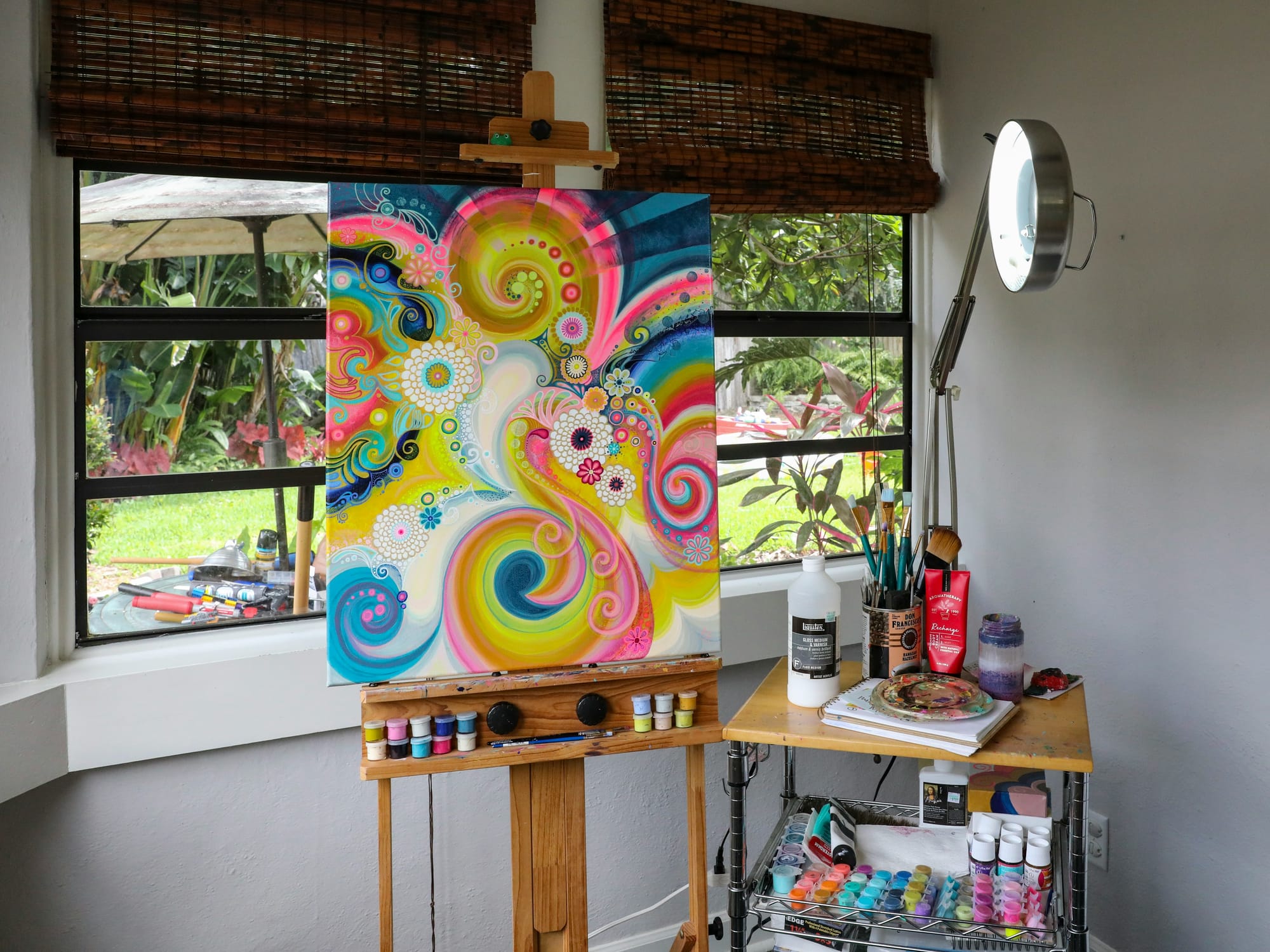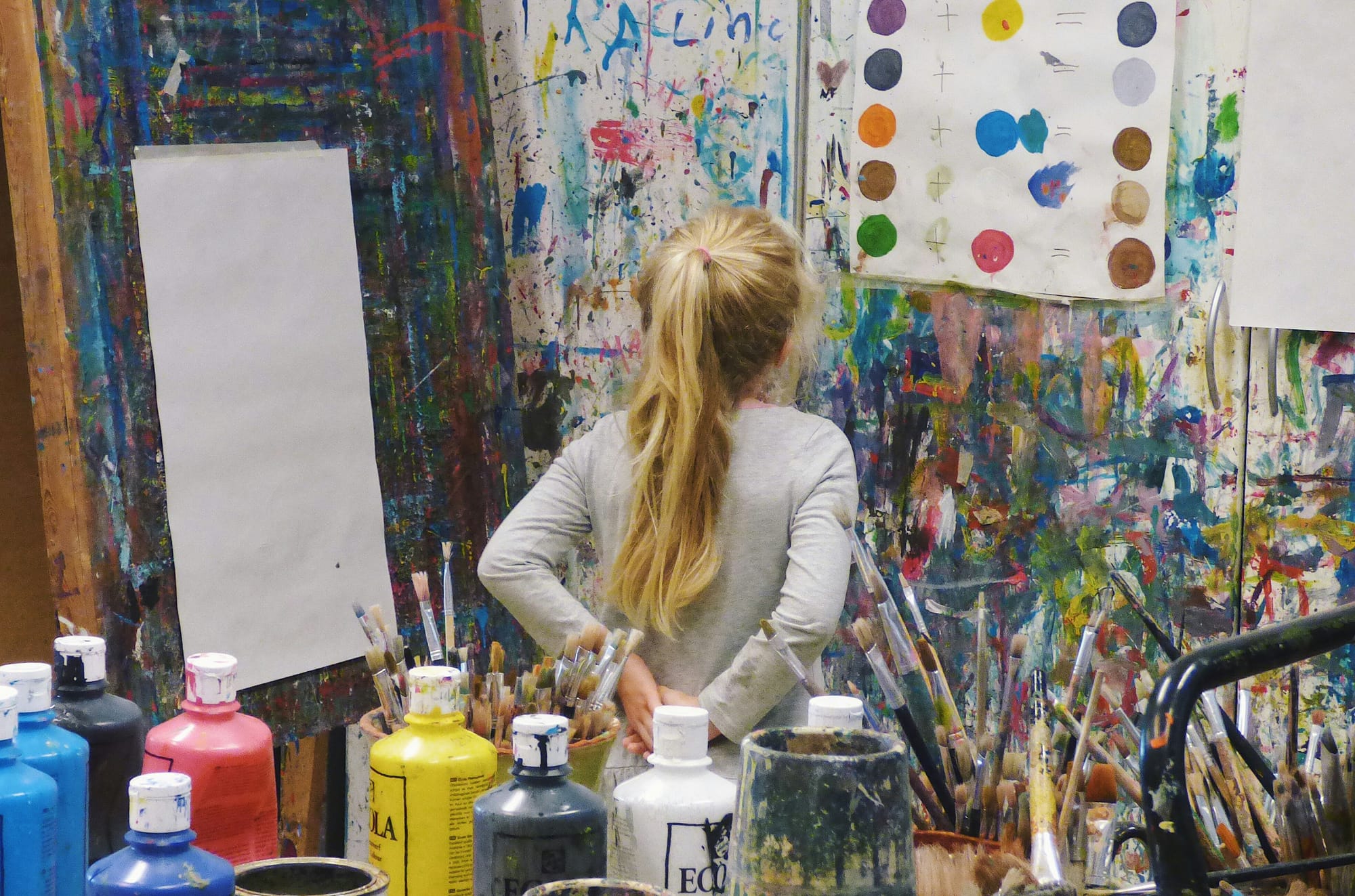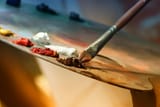Try New Art Mediums to Grow as an Artist
Ready to elevate your art? Trying out different art mediums can inspire fresh ideas and help you find your unique voice. Learn why branching out into new forms can redefine your artistic journey.

Choosing the right artistic medium is a pivotal step for any artist, from novices to seasoned creators. Each medium, whether traditional like painting and sculpture or modern forms like digital art and photography, offers unique opportunities for self-expression. Experimenting with different art mediums not only helps you find your strengths but also opens new pathways for creativity. Here’s a guide on why you should explore various art mediums and practical tips to get started.
Experimenting with new art mediums can transform your creative process, helping you discover fresh ways to express yourself. -ART Academy
Why Explore Different Art Mediums?
Experimenting with a variety of art forms isn’t just about trying out new tools; it’s a journey of discovery that fuels artistic growth. By broadening your creative palette, you expand your skills, cultivate your unique voice, and enhance your potential in ways you may not have anticipated. Each medium brings its own strengths, offering unique opportunities for self-expression and allowing you to tailor your approach based on the ideas and emotions you want to convey.
Exploring different mediums exposes you to new textures, colors, and styles. For instance, the fluidity of watercolor might inspire a sense of spontaneity, while the boldness of acrylics could lead you to enjoy vibrant, graphic designs. Each medium has its own character, and by trying them, you’ll uncover which one aligns most with your personal style.
Notable artists have discovered their voices through experimentation. Henri Matisse, for example, shifted from traditional painting to collage later in life, producing some of his most iconic works in this medium. This transition allowed him to explore bold color and form in ways he hadn’t before. Similarly, Picasso’s transition from painting to sculpture exemplifies how exploring different forms can redefine an artist’s trajectory. By embracing experimentation, you too can unlock facets of creativity that might surprise you.
Expanding Creative Horizons
Trying new art forms pushes you out of your comfort zone and sparks fresh ideas. Blending techniques from different media can enrich your work. For example, Jackson Pollock’s famous drip painting technique redefined how artists approach movement and texture on canvas. You might find that oil painting’s layering techniques inform your digital illustrations, or that the tactile experience of clay sculpture inspires new approaches to texture in your painting.
This kind of experimentation builds a foundation for a unique and authentic artistic voice, allowing you to connect seemingly unrelated techniques and tools to express your creativity in new ways.

Developing a Versatile Skill Set
Each medium requires specific techniques, whether it’s the layering and mixing in oil painting, the fine motor skills in printmaking, or the technical precision of digital art. As you try each method, you strengthen your fine motor skills and build a deeper understanding of visual elements. Problem-solving becomes an integral part of this process: for instance, working with clay might teach you about balance and structure, lessons that can enhance your sense of form when you return to painting or drawing.
Skills you gain in one medium often transfer to others. Photography, for example, can refine your sense of composition and lighting, benefiting both painting and drawing. Working in three dimensions through sculpture enhances spatial awareness, which can add depth to your two-dimensional work.
Cindy Sherman began her career with powerful photography, capturing still narratives that explored themes of identity and representation. Over time, she expanded her artistic scope by transitioning into film and installation art, using these new mediums to create dynamic, immersive environments that engage the viewer on multiple levels. Her journey exemplifies how exploring different forms can build a multifaceted skill set, allowing artists to communicate in innovative and layered ways. Through such explorations, you’ll develop a versatile skill set that serves you across different types of projects and commissions, enabling you to adapt and grow in your artistic career.
Expressing Ideas in New Ways
Each medium brings its own strengths, making it possible to tailor your approach based on the ideas and emotions you want to convey. Different media provide unique tools for storytelling, allowing you to choose the best format for your message. If you’re passionate about societal issues, photography can be a powerful medium due to its immediacy and realism. A well-timed photograph can capture moments that are raw, poignant, and compelling, directly engaging the viewer with a sense of urgency. Documentary photography, in particular, has long been used to highlight social injustices, environmental concerns, and cultural events in ways that more abstract forms like painting may not.
Digital art, on the other hand, offers vast possibilities for layering multiple elements, such as text, imagery, and even animation. This medium is ideal for complex subjects, where you might want to blend visual and narrative elements to create a multi-dimensional experience. Through tools like animated GIFs or augmented reality, digital artists can build interactive stories that evolve as the viewer engages with the piece. This medium’s flexibility allows you to amplify your storytelling and reach an audience accustomed to dynamic, multimedia content.
Sculpture provides another distinct form of expression, bringing physicality and dimension to your ideas. The tactile nature of sculpture invites the viewer to engage with the work on a spatial level, making it well-suited for themes that benefit from a tangible presence. If you’re exploring ideas related to memory, identity, or even environmental impact, sculptural installations can create immersive experiences that invite viewers to walk around and interact with the work, experiencing it from different perspectives.
Finally, mixed media allows you to blend several approaches, making it an ideal choice for themes that are layered or multifaceted. By combining materials like fabric, found objects, or printed images, you can create pieces that convey both texture and narrative. For example, an artist exploring themes of urban decay might incorporate rusted metal, newspaper clippings, and acrylic paint to evoke a sense of place and time. This approach allows for a rich, textured storytelling experience that connects with viewers on multiple sensory levels.
Expanding Opportunities in the Art World
A diverse portfolio reflects your adaptability and willingness to experiment, making you more attractive to clients, galleries, and collaborators. Many art opportunities—commissions, commercial projects, or partnerships—value artists who can work in different styles and mediums. Mastering various forms broadens your creative reach and helps you build resilience to shifting trends.
With trends and technologies continuously evolving, artists who are comfortable with different forms are better equipped to meet changes in demand. If digital art is trending, you’ll have the skills to capitalize on it. Likewise, a background in traditional forms can be advantageous when they come back into vogue. Versatility opens doors to collaborations with other creatives like filmmakers, designers, and musicians. Each form you explore increases your chances of meaningful collaborations and commissions, allowing you to navigate the art world with confidence.

Practical Tips for Experimenting with Art Mediums
Exploring new media can be exciting, but a clear approach ensures you get the most from the experience. Here are some practical tips to make your journey rewarding:
Take It One Medium at a Time
When you’re trying a new medium, start with a simple project to get familiar with its unique qualities. Allow yourself the freedom to explore each medium over a few weeks, building a solid foundation before moving on. Take your time and dive deeply into each medium’s experience—there’s no rush. By pacing yourself, you can fully engage with what each form has to offer.
Document Your Journey
Keep a sketchbook or journal to record your process, thoughts, and progress. A sketchbook is perfect for practicing quick studies and exploring techniques, while photos of your work at various stages let you see how each layer develops. Looking back at these notes and images can provide new insights and even spark ideas for future projects.
Join Art Communities
Connecting with other artists—whether online on platforms like DeviantArt, ArtStation, or locally through meet-ups and art clubs—can offer support, feedback, and inspiration. Many cities have art groups and workshops where you can meet people who share your interests, exchange resources, and collaborate. Engaging with these communities fosters motivation, and learning from others can greatly enhance your own creative practice.
Attend Workshops and Classes
Learning from experienced artists can bring fresh ideas and help you master new techniques. Community centers, art schools, and online platforms like Skillshare and Udemy offer courses on a range of topics, from printmaking to digital art. Workshops and classes also offer networking opportunities, where you can build connections and discover potential collaborators.
Explore Hybrid Forms
Once you’re comfortable with a few media, try combining them. Mixed media allows you to layer textures, colors, and forms, and is perfect for conveying complex themes. Blending digital and traditional tools can create unique, multi-layered effects. Let your curiosity guide you, and don’t hesitate to try unconventional combinations—sometimes, the most surprising results come from pairing contrasting elements.
Embrace the Journey
Exploring various art mediums is not only a way to expand your skill set but also a powerful means of self-discovery. Your preferences may change over time, and this evolution is a natural part of growing as an artist. By experimenting with different materials, you’ll gain a deeper understanding of what fuels your passion for art and discover new ways to express yourself.
Whether you’re drawn to the tactile quality of sculpture, the endless possibilities of digital art, or the emotive power of painting, each medium offers a new world of creative potential. Like Matisse, Pollock, and Sherman—artists who transformed their creative paths by embracing new forms—you, too, can enrich your journey by exploring the full spectrum of creative media. Embrace the learning process, celebrate your progress, and, most importantly, enjoy the journey.
Each artist’s journey is unique, so follow your curiosity and let each medium show you a different side of your creativity. What new medium will you start with? Dive in, experiment, and see where it leads. Who knows—this could be the start of an entirely new chapter in your artistic journey, revealing possibilities you never imagined. The world of art is vast, and there’s no better time to discover what lies ahead.
ART Academy





